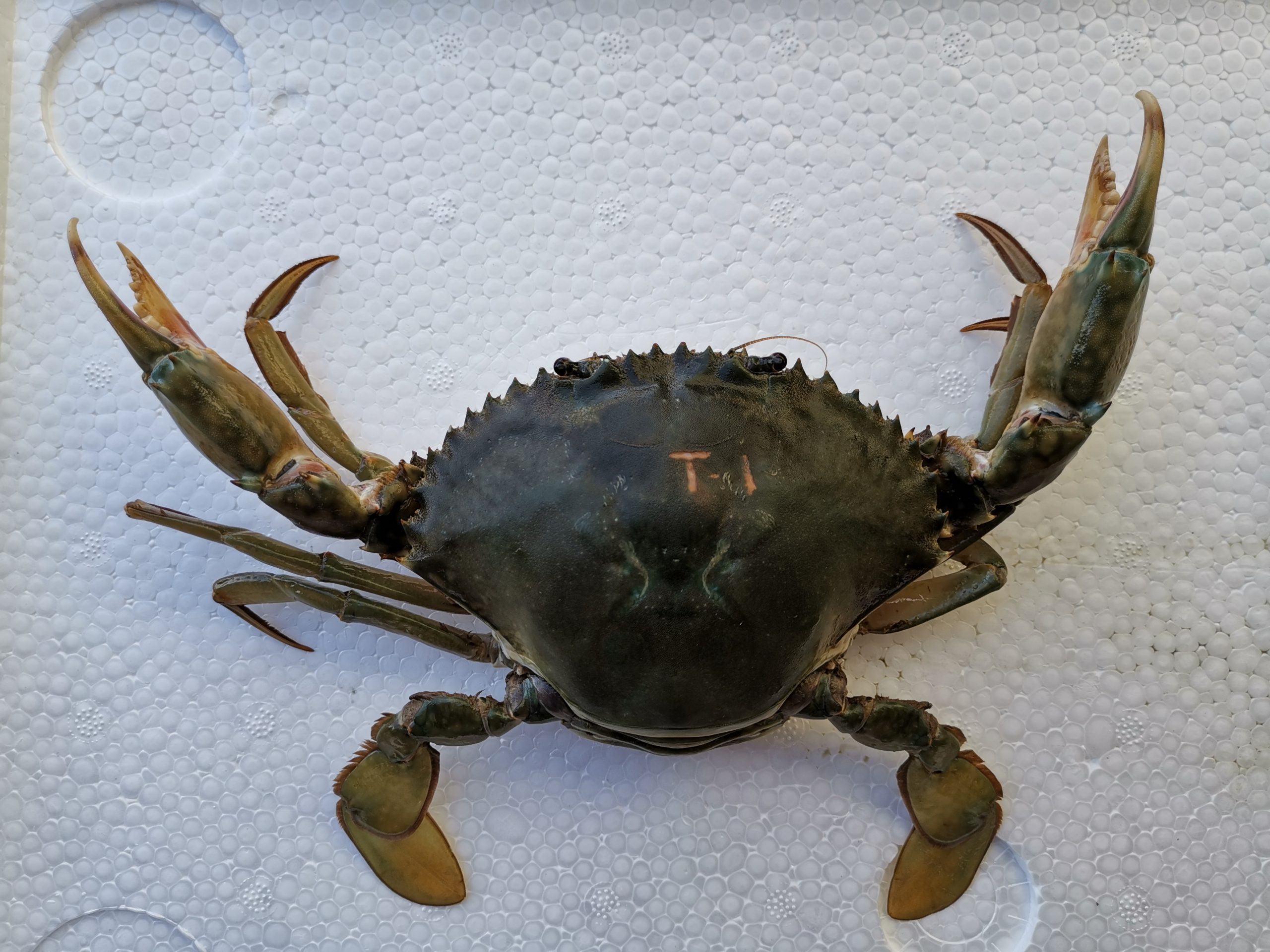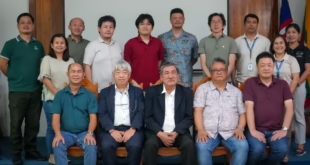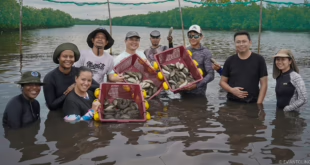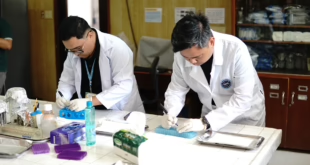Losses experienced by some crab farmers in the Philippines were traced to the very low survival of crablets that were misidentified as the popular king crab.
Farmers prefer to culture king crab because it grows bigger and faster compared to other species. Unfortunately, the crablets later proved to be a different kind.
In one instance, a group of pond operators in Pontevedra, Capiz imported crablets, reportedly from Viet Nam, that were wrongly advertised as a cross breed between king crab (scientific name Scylla serrata) and another crab locally known as pulahan (Scylla olivacea).
“It was reported that the crablets caused huge losses for the farmers because of their very low survival. A few survived but they produced low quality market-sized crabs that ended up being sold for a very cheap price,” said Joana Joy Huervana, commodity leader for crabs at the Southeast Asian Fisheries Development Center Aquaculture Department (SEAFDEC/AQD).
Based on the crab samples sent by the farmers to SEAFDEC/AQD, it was confirmed that they were not cross-bred but a different one altogether.
“We presumed it to be Scylla paramamosain or green crab or known locally as intsik-intsik in Capiz and tisay in Luzon. This crab is not commonly found in the Philippines,” Huervana said.
She added that the entry of the said species in the Philippines is dangerous as they can pose threats to local stocks and farms as these could be carrying diseases and other contaminants. She said farmers must be more vigilant, especially when importing stocks from foreign suppliers, to ensure these are properly documented and follow import protocols.

Identifying crabs
Huervana said visual identification of crab seeds is admittedly difficult, especially during the juvenile stages of crabs.
“Visual differences are easily distinguished when the crablets are about the same size as matchboxes and sometimes, we do not have the luxury of the time to wait for all crablets to grow into that required size,” she added.
Huervana cited the Crabifier, a smartphone app developed at the De La Salle University Manila which can be freely downloaded to Android devices from the Google Play Store, which may help identify mangrove crabs at early juvenile stage using image analysis.
Moreover, she stressed that sourcing crab seeds from trusted and reliable suppliers are still the best way to ensure the quality and identity of crablets.
Shortage in crablets
Foreign and domestic demand for crabs has triggered an interest among fish farmers to grow mangrove crabs. However, the rising demand led to a shortage in crab seeds which is now the bottleneck in production.
“Because of the scarcity of both wild-sourced and hatchery-produced seedstocks, farmers are easily tempted to buy from unknown, independent sellers,” Huervana shared.
SEAFDEC/AQD operates one of the country’s few king crab hatcheries in Tigbauan, Iloilo, but mainly as a research facility with excess yields sold to farmers. In 2019, the hatchery-produced 656,200 king crablets.
Unauthorized reseller
However, Huervana also revealed that there is a report from a trader in Luzon that there is someone claiming to be a reseller of crablets from SEAFDEC/AQD.
“We want to take this opportunity to inform the public that SEAFDEC does not have authorized resellers of crablets or any hatchery seedstocks for that matter,” said Huervana.
The dealer reportedly offered over 30,000 pieces of crablets to a farmer and even copied SEAFDEC’s logo.
“This is a very distressing report because we are not sure if the crablets were pure king crabs or not and it could possibly lead to losses on the part of crab farmers,” she said.
She added that public and private institutions are free to explore partnerships with SEAFDEC/AQD to put up more crab hatcheries while individuals may also avail of training courses on mangrove crab culture regularly offered by the institution. / JM DE LA CRUZ
 SEAFDEC/AQD Southeast Asian Fisheries Development Center | Aquaculture Department
SEAFDEC/AQD Southeast Asian Fisheries Development Center | Aquaculture Department



